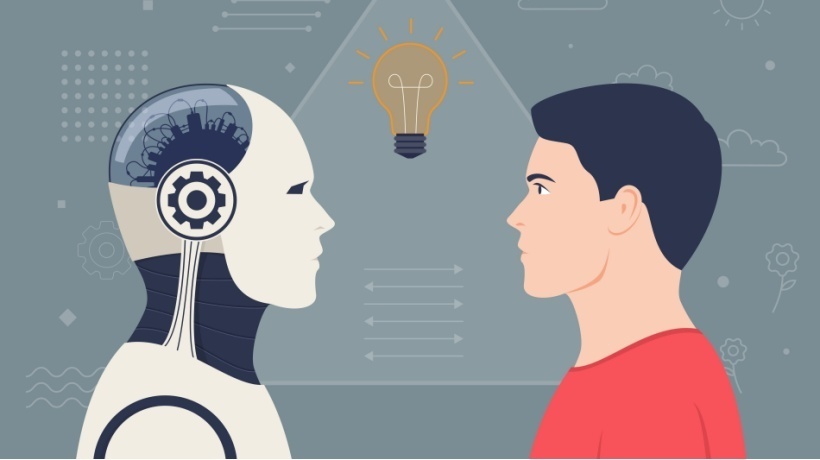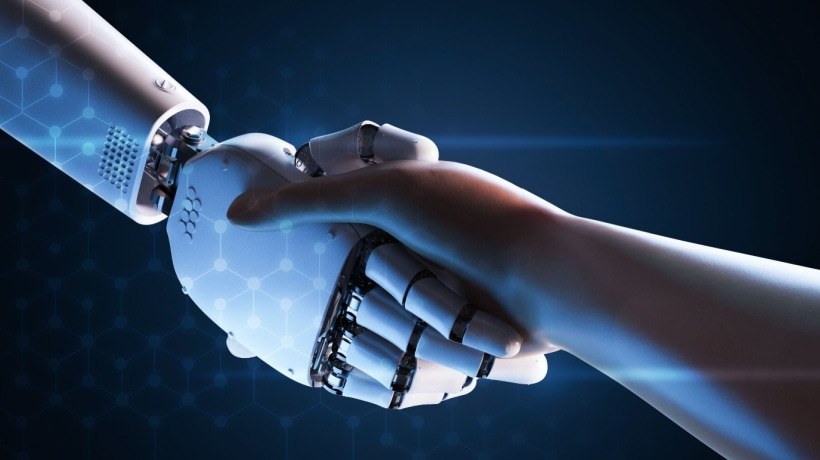Upskilling, Lifelong Learning, Human-AI Collaboration
As Artificial Intelligence (AI) continues to advance and reshape industries across the globe, organizations are faced with the critical task of preparing their workforce to work side by side with AI technologies. The successful integration of AI requires more than just deploying cutting-edge systems—it necessitates a strategic approach that focuses on equipping employees with the skills, mindset, and collaborative abilities to leverage AI effectively. In this context, three key steps stand out as essential pillars in preparing the workforce for the AI era: reskilling and upskilling, promoting a learning culture, and emphasizing human-AI collaboration.
Three Essential Pillars To Prepare The Workforce For AI Integration
1. Reskilling And Upskilling
With the introduction of AI technologies, it is crucial to invest in reskilling and upskilling programs to empower employees with the necessary skills to work collaboratively with AI systems. This includes identifying the specific AI-related skills and knowledge required for various job roles within the organization. Training programs, workshops, and online courses can be utilized to provide employees with the expertise they need to leverage AI tools effectively. The focus should be on developing skills such as data analysis, Machine Learning, automation, and critical thinking, which will enable individuals to understand AI applications and make informed decisions.
Reskilling and upskilling programs are crucial for equipping employees with the necessary skills to leverage AI technologies effectively. Organizations need to identify the specific AI-related skills and knowledge required for different job roles. This could involve conducting a skills gap analysis to determine the areas where employees need development. Training programs can be designed to address these gaps, focusing on areas such as data analysis, Machine Learning, automation, programming, and critical thinking. Companies can offer a combination of internal workshops, external courses, certifications, and online learning platforms to provide employees with the resources they need to enhance their AI-related skills. By investing in reskilling and upskilling, organizations enable their workforce to embrace the opportunities presented by AI rather than feeling threatened by it.
2. Promoting A Lifelong Learning Culture
Establishing a learning culture within the organization is essential to foster continuous learning and adaptability in the face of AI advancements. Encouraging employees to embrace lifelong learning and providing access to resources like online learning platforms, mentorship programs, and internal knowledge-sharing initiatives can help create an environment conducive to skill development. Additionally, leaders should actively promote the idea of experimentation and risk-taking, encouraging employees to explore AI technologies and learn from both successes and failures.
Creating a learning culture within the organization is essential for continuous growth and adaptability in the AI era. This involves fostering an environment that values and encourages learning at all levels. Organizations can promote a learning culture by providing employees with access to learning resources, such as online courses, eBooks, and educational videos. Internal knowledge-sharing initiatives, such as lunch-and-learn sessions, mentorship programs, or communities of practice, can facilitate the exchange of knowledge and experiences among employees. Leaders play a crucial role in modeling the importance of learning and encouraging employees to embrace new challenges. Additionally, creating channels for feedback and recognizing learning achievements can further motivate employees to engage in continuous Learning and Development.
3. Emphasizing Human-AI Collaboration
It is crucial to emphasize the collaborative nature of human-AI interaction rather than viewing AI as a replacement for human capabilities. Organizations should encourage employees to understand the strengths and limitations of AI systems and identify areas where AI can augment human skills and decision-making processes. This involves creating opportunities for cross-functional collaboration, where employees work alongside AI systems to solve complex problems, leveraging the unique strengths of both humans and machines. Emphasizing the importance of human judgment, creativity, and empathy can help employees feel more comfortable and empowered in their partnership with AI.
To prepare the workforce for working side by side with AI, it is vital to emphasize the collaborative nature of human-AI interaction. Employees should understand that AI is not meant to replace them but to augment their capabilities and improve decision-making. This requires educating employees about the strengths and limitations of AI systems. Organizations can organize workshops or seminars to explain AI concepts, showcase successful case studies, and facilitate discussions on AI ethics and responsible use.
Emphasizing the importance of human skills like judgment, creativity, critical thinking, and empathy can help employees see their unique value in collaboration with AI systems. Creating opportunities for cross-functional projects and teams, where employees work alongside AI tools to solve complex problems, allows them to experience firsthand how AI can enhance their work. This collaborative approach builds trust, reduces resistance to change, and empowers employees to leverage AI technologies effectively.
Conclusion
Preparing the workforce to work side by side with AI requires a strategic approach that encompasses reskilling and upskilling, promoting a learning culture, and emphasizing human-AI collaboration. The complementarity of human intelligence and Artificial Intelligence lies in their unique strengths. Human intelligence encompasses creativity, empathy, and critical thinking, while Artificial Intelligence excels in data processing, pattern recognition, and automation. Together, they have the potential to enhance decision-making, solve complex problems, and drive innovation in diverse domains.
Reskilling and upskilling programs play a crucial role in equipping employees with the necessary skills to effectively utilize AI tools. By identifying skill gaps and providing targeted training, organizations empower their workforce to understand AI concepts, apply data analysis techniques, and embrace automation. Promoting a learning culture within the organization is equally essential. By fostering an environment that encourages continuous learning and growth, organizations empower employees to stay ahead of AI advancements. Emphasizing human-AI collaboration is a pivotal step in preparing the workforce for the integration of AI. By recognizing and highlighting the complementary nature of human and AI capabilities, organizations instill confidence and trust in their employees.
As a Learning and Development leader, you and your team will need to prepare your organization in navigating the interaction and complementarity of working side by side with Artificial Intelligence. Considering these three key tactics can help you lay the foundation for ensuring your workforce is equipped to navigate the evolving landscape of AI technology and leverage its potential for organizational success.








